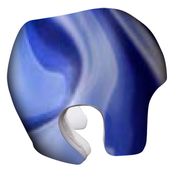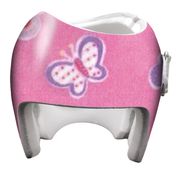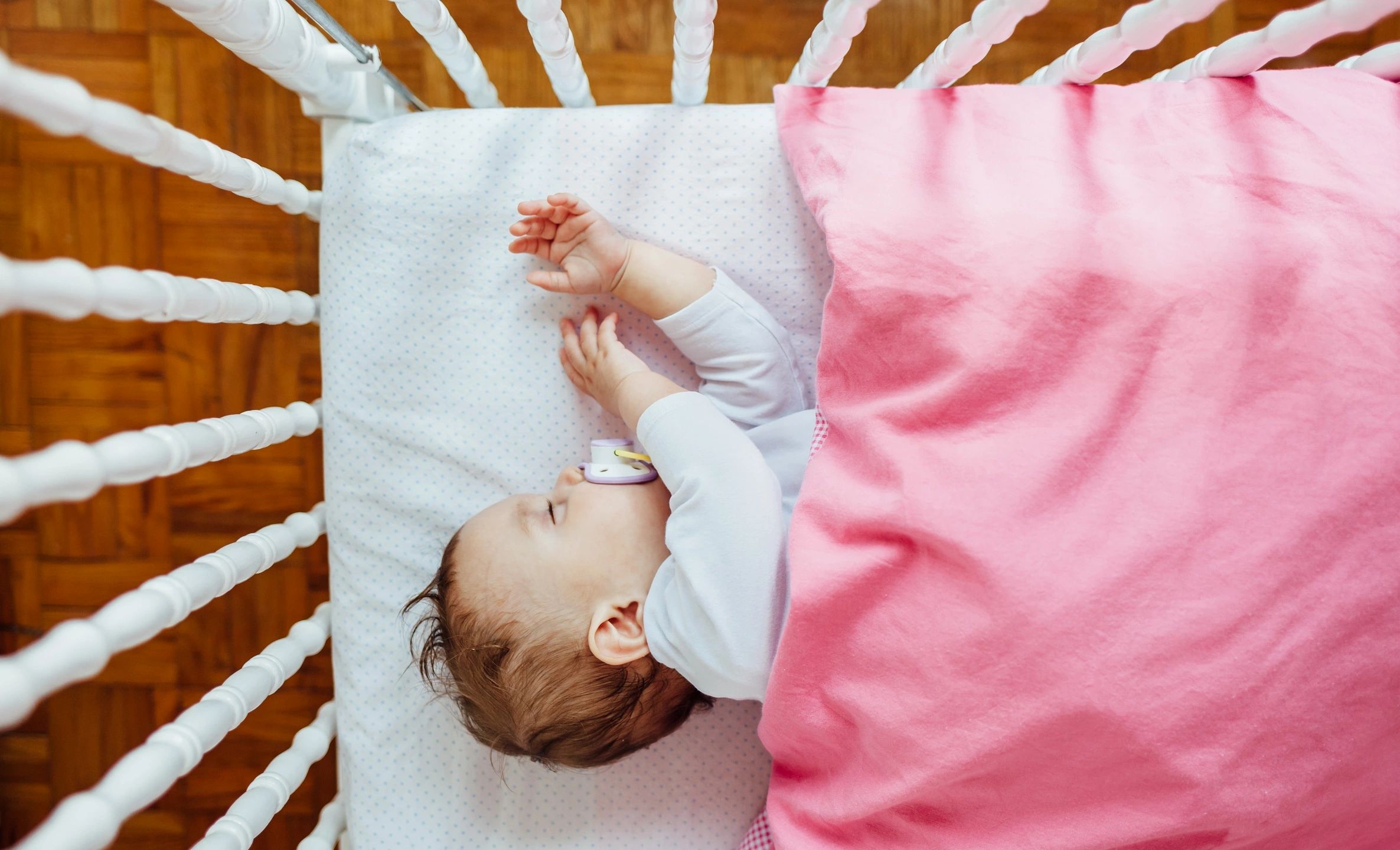
Parents of infants dealing with plagiocephaly are spending time online doing research and joining support groups to learn more about the condition as well as cranial remolding to reverse the flat spot on their baby’s head due to their positioning while at rest or sleeping.
While it may look alarming, the issue is not typically considered to be life threatening. However, aesthetic and social issues may arise in the future if left untreated. Cranial remolding with a helmet is a common fix, and parents can also reposition the infant so they are not always lying on the same side of their head causing the continued flattening.
Here are some issues that arise over time for some patients and their parents. These are commonly talked about points. Families in all areas may find themselves having to deal with certain issues during treatment and we are discussing some of them with you here. (This is health information and you should remember to talk with your physician and orthotist prior to implementing these talking points. This is information and not medical advice.)
1.) Odor Issues 
One person we heard from said that their baby’s helmet has begun to smell, and their baby’s head has an odor too, even though they wash the helmet daily with alcohol and wash the baby’s hair with Aveeno baby shampoo. She asked other parents for advice since these methods aren’t helping her get rid of the smell. Someone suggested they use soap, which has worked for her baby, and not to use alcohol.
2.) Providers & Multiple Helmets
Some people we hear from tell us that they are advised that they will require more than one helmet to help treat their child’s condition. Remember that this is not the norm and a helmet company should be able to provide the treatment with one helmet. If you do go with a second helmet, check and see if your coverage will take care of this cost as these helmets typically cost around $2000.00.
3.) Irritation
Another parent we spoke with stated that they were concerned about redness on the side of her baby’s head due to the helmet. The helmet had been off the baby’s head for three hours, yet the redness persisted. Some people we help with information get back to us with their own solutions. Sometimes people have noted that using Aquaphor to soothe the irritated area has helped. Babies can have sensitive skin and most of the time these issues subside on their own if the helmet is custom made for the infant.
4.) Perspiration 
Sweat is an issue people can be concerned about – when their baby is sweating beneath the helmet, which can be upsetting to some parents. One parent we spoke with said that changing a baby’s clothes periodically throughout the day and put cornstarch under the helmet to absorb the sweat can be consideration to use. One person said to put the baby in short-sleeved onesies to stay cooler and to not put on socks or footed pajamas. Others said the sweating won’t be as bad as the baby gets used to wearing the helmet, and to take the helmet off every once in a while for some relief. One parent put holes in the helmet to let the air in for ventilation. Many of the helmets these days have a large area that can be left open because the child’s head does not need to be treated in all spots, in many cases. Therefore, the infant will have built in ventilation in many cases automatically (see picture above).
5.) Foam
The foam inside the helmet is another topic of discussion. Some parents are saying that the foam is peeling away inside the helmet. The reasons people think this happens sometimes is due to friction and cleaning. One parent we spoke with fixed the problem by using a Band-Aid to stick it back together. However, this is not ideal. Your orthotist can help put this back together and do it without a quick fix approach like you are seeing with “the band-aid ” approach.
6.) Breastfeeding
Breastfeeding while the baby is wearing their helmet is another topic of interest for some parents. Some moms use the Boppy or a pillow and they have no problem breastfeeding while their baby is wearing a helmet. Lying on one side is also a solution that some mom’s use while breastfeeding. Other moms will tell you that taking the helmet off while breastfeeding is a better idea, then replacing it right away.
7.) Sleep 
Some parents are concerned that their baby is not sleeping as well now that they are wearing a helmet. It takes some time for the baby to get used to sleeping in the helmet, so parents are suggesting giving it a chance and their baby will get back to their sleep routine in no time. Parents are sometimes worried about placing their baby on their side to sleep, which appears to be more comfortable, rather than placing the baby on their back, which is apparently safer. The advice of your physician should come in handy here and if you child wears their helmet to bed it should not be a concern as long as skin checks are occurring regularly.
8.) Growth And Development
Head growth is a topic of interest, as parents are worried that the helmet will inhibit normal head growth. They are also concerned about brain development as well. Adverse effects on brain development are not the norm. The amount of growth required in different parts of the skull are not vast in order to achieve a head shape that is concerned to be within normal limits. Usually it is measured in less than 2 cm of growth to achieve these results.
As the brain grows, the child’s skull expands. If the child’s head is expanding you are getting growth and adverse effects should not be taking place. You can also look at it in another way. If issues were happening with infants in a detrimental way many of these companies would be closed down and their staff would be in jail by now. Which is not been reported in our experience.
This process is closely regulated and as a result you can have trust in the process as long as you receive treatment from a certified and licensed orthorist. Many companies have occupational therapists do all the work and then an orthotist signs off on their paper work, so we are told and this should be one of the questions you should be asking first and foremost when you start treatment. You want treatment from a person who is licensed to do the work.
9.) Crawling
Crawling is another topic parents are discussing online and with their orthotists. One parent thought that the weight of the helmet would hinder their baby’s crawling. Some other parents said that if the baby already has head control, crawling normally should not be a problem. Typically, your child should be able to crawl with a helmet as it weighs very little.
10.) Positioning
A number of parents are not sure if their baby’s helmet is sitting in the proper position on their baby’s head. They wonder if it is too high or too low or just not fitting properly in general. They share pictures of their babies to ask other parents their opinions with us from time to time. Sometimes, people mention that the helmet seems too loose or too close to the eyes.
The truth is that if you are fit and delivered with orthotic treatment by an orthotist, you should get written and verbal instructions regarding wear and care of the helmet. At first you might have questions but that is what the orthotist is there for. Follow up visits are not uncommon and you will be able to have them check the fit and function of the orthosis (baby helmet) at these visits.
We hope this information has been helpful for you. We did talk about some product names and issues that can come up. The situations an vary slightly and it is best to talk with your orthotist or your doctor before implementing any of these ideas. It is just the smart choice as this is not meant to be medical advice.
Good luck to you and email us with any questions/concerns.
support@orthopedic-braces.com
Rinella Prosthetics & Orthotics, Inc.
